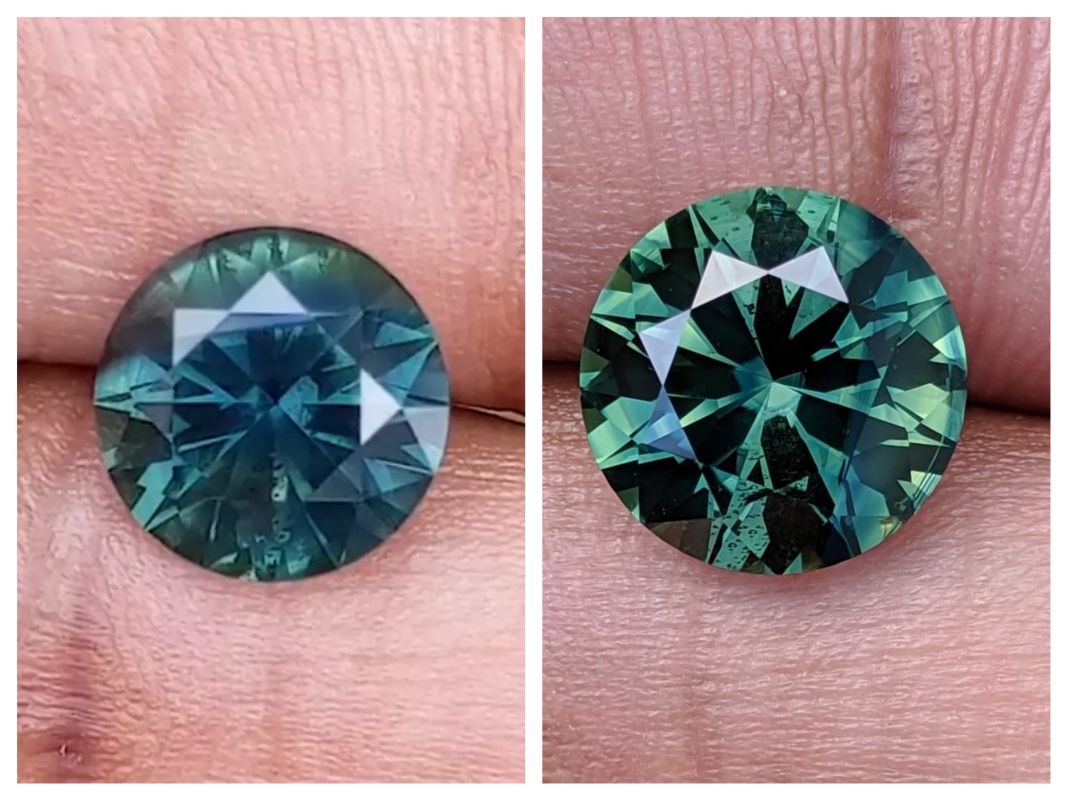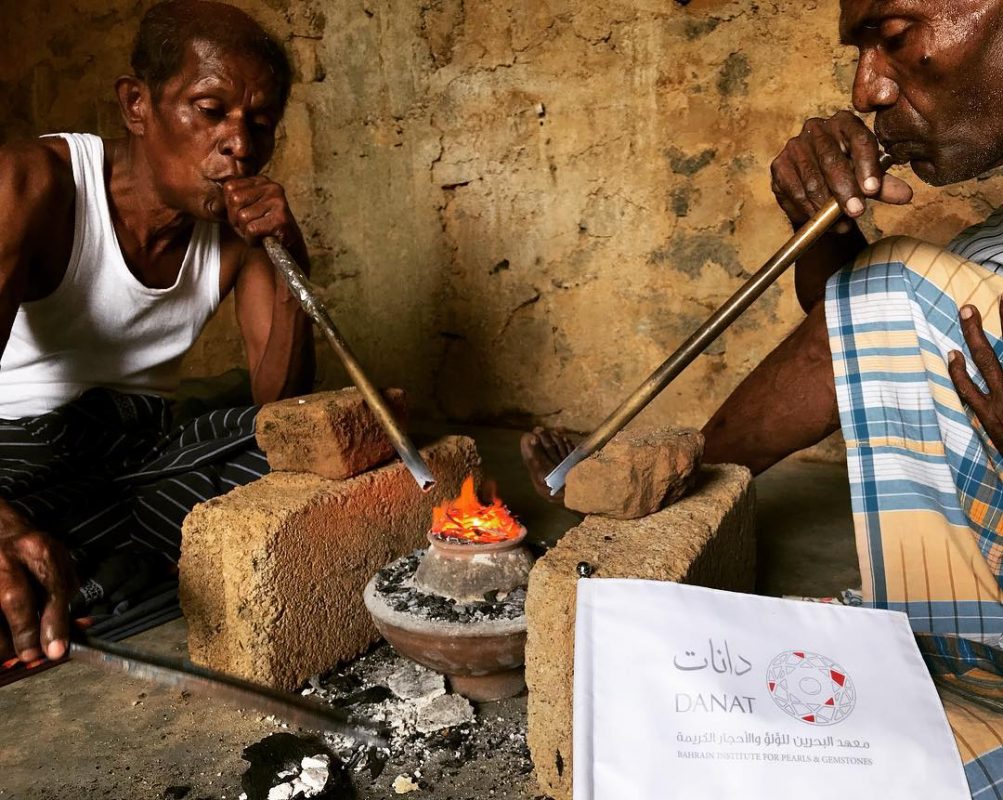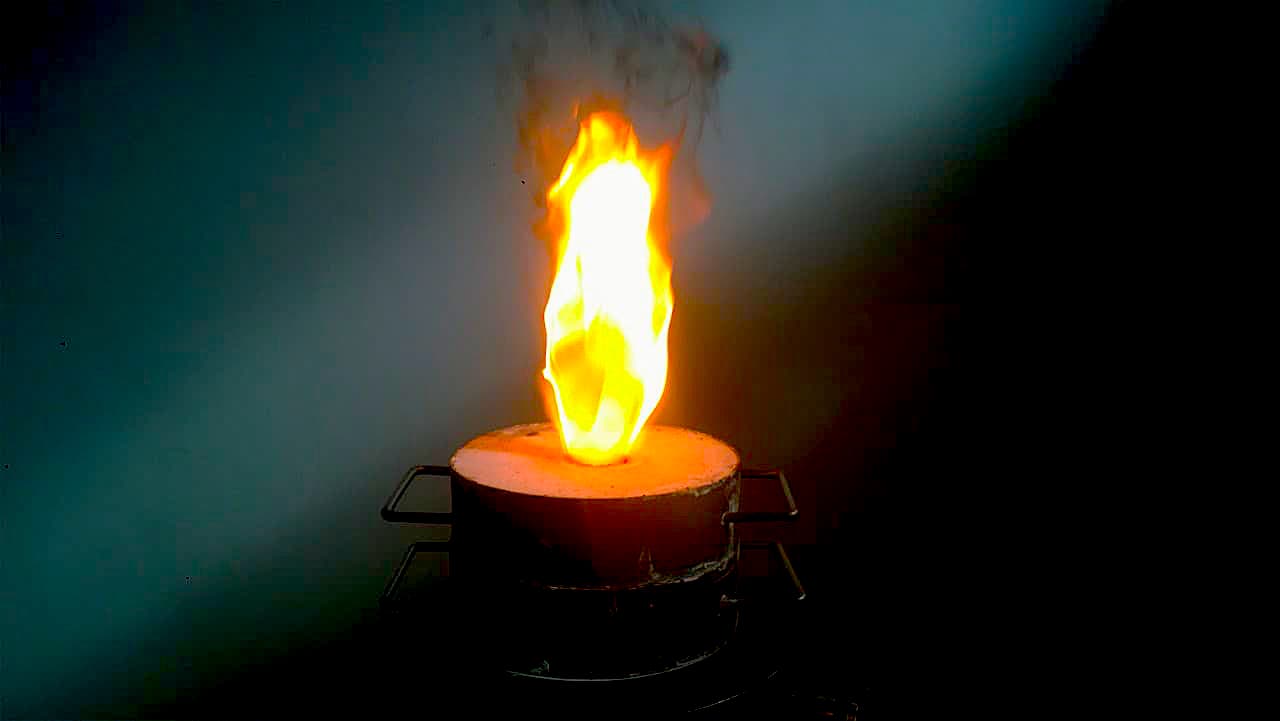Featured
Heated vs Unheated Sapphires
Part 1
After bouncing back and forth several gemstone options, you finally make a decision to go with a sapphire. You are now in the arduous process of looking for the perfect sapphire on the internet. You are ecstatic and amazed by the different colors and cut options presented to you, you take a pause to read descriptions, and you notice—almost always—a line saying “heated” or “unheated”. Then questions begin to flow in: “What does this mean?” “Why should a sapphire be heated in the first place?” “Is a heated sapphire defective?” These questions are exactly what we look to address in this article.
Heated Sapphires
Heating is the most common treatment for natural sapphires. It is done primarily to either improve the color and/or clarity of the sapphires. Many experts estimate that between 90 – 95% of sapphires in the market are heated.

How is Heating Done?
The heating process takes place in high temperature furnaces or open flames through a method known as blow pipe. The choice of the method and process of heating depends on two major factors: The anticipated outcome and the origin. The heating process could last for as short as a few minutes to as long as several days. You will hardly find any process formula publicly available because families and businesses keep their formula very close to their chest and pass it from generation to generation. The secret variables to the process include things like time, temperature, choice of stones to heat, etc. You can draw parallels with the secret ingredient(s) of Coca-Cola. Unforatunately, heating has some risk to it, and does not always work out as anticipated. In some instances, it makes the sapphire worse off. At Choice Gems roughly 80% of our sapphires are UNheated.

Photo credit (with permission): Vincent Pardieu GIA Field Gemology
Is a heated sapphire bad?
Absolutely not! All sapphires go through high amounts of heat during their natural formation. Artificially heating a sapphire is basically an acceleration of nature’s formation process for sapphires. Knowing that most sapphires are heated only makes you appreciate the rarity of an unheated sapphire much more, and an appreciation of nature’s “finished” work.
How Does Heating Affect Value?
The simple answer to this question is that if you have two comparable sapphires in every variable – size, color, clarity and cut, and the only difference is whether or not it is heated, then typically the unheated sapphire will cost around 15 – 25% more. For more rare colors like a Padparadscha sapphire or a royal blue sapphire, the difference in price could be as much as 50%.
When Heating Affects Value Negatively.
Heating sapphires is always a risk. This is why the most successful “sapphire heaters” use lots of data on previous outcomes to formulate and constantly refine their processes based on the sapphire’s appearance and the origin. In some instances, a sapphire could gain a “new” inclusion after heating; it could also heat to an undesirable or less valuable color. Choosing the right sapphires and the appropriate heating process takes many years, often times decades, of experience to become great at it.
How Do I know a Sapphire is Heated?
It is tough even for a trained gemologist or jeweler, nonetheless, there are some clues that could be helpful to an untrained eye in identifying a heated sapphire.
- Heated sapphires are usually crispy clear and vivid – no haze. In contrast, an unheated sapphire will usually have a certain level of haziness that is due to the titanium crystal lines, commonly referred to as “silk.”
- When examined with a jeweler’s loupe at 10x magnification you could see white pin-point sized inclusions. These are remnants of dissolved rutile needles that recrystallize to form these points when the sapphires are cooled.
- Heated sapphires appear to be more distinctly zoned in colors than unheated sapphires.

Even the labs sometimes get it wrong, yet it is still your best option to confirm the heated vs unheated status of a sapphire.
In summary, we now know that heated sapphires aren’t necessarily a bad thing, it only takes the sapphire one step down the rarity rung, but it presents an opportunity to have a much more beautiful sapphire if nature didn’t “bake” it to our desired outcome.
